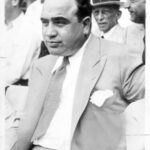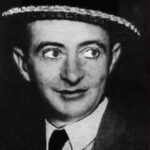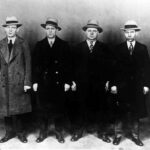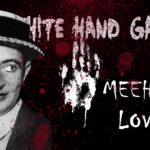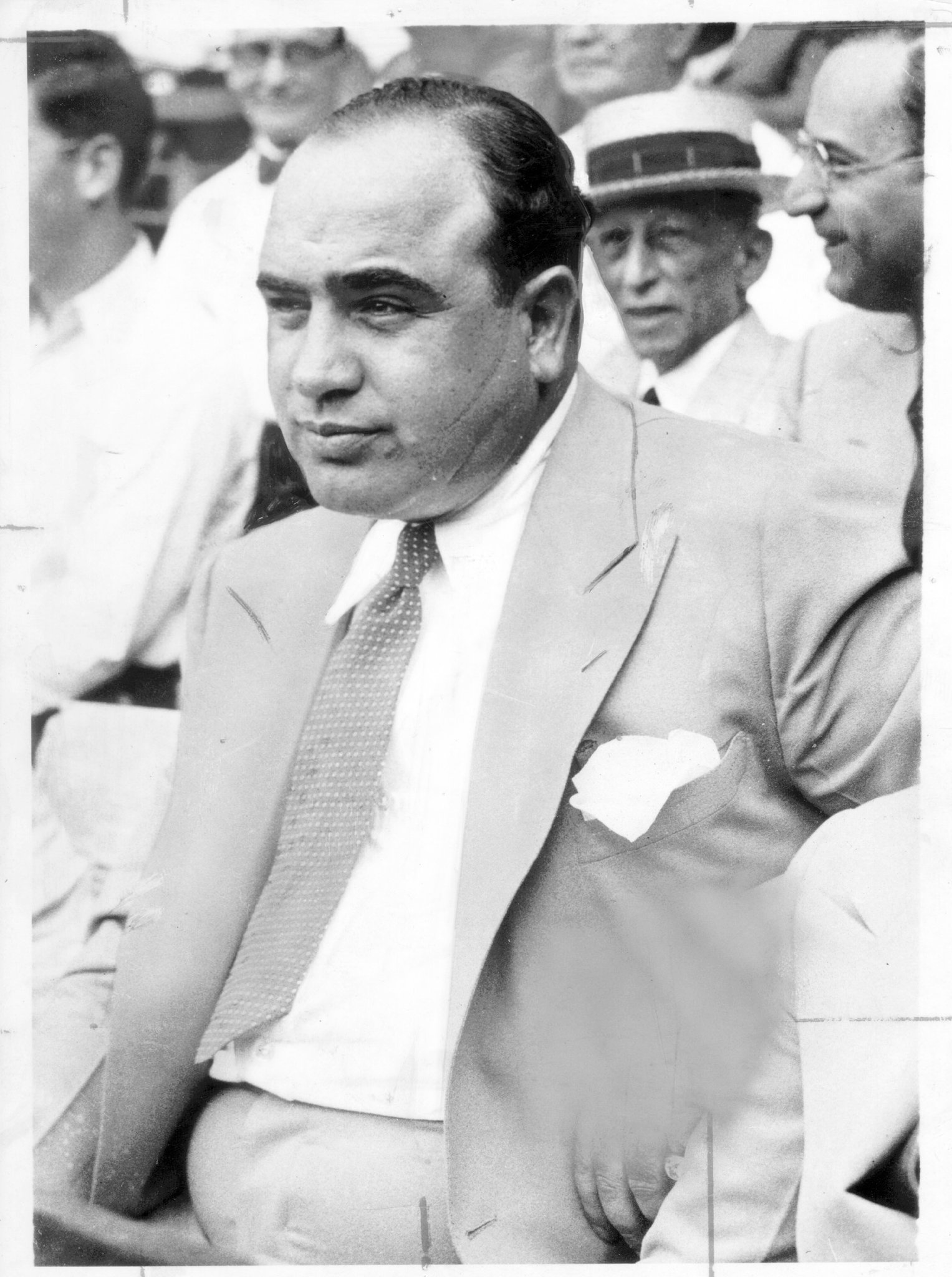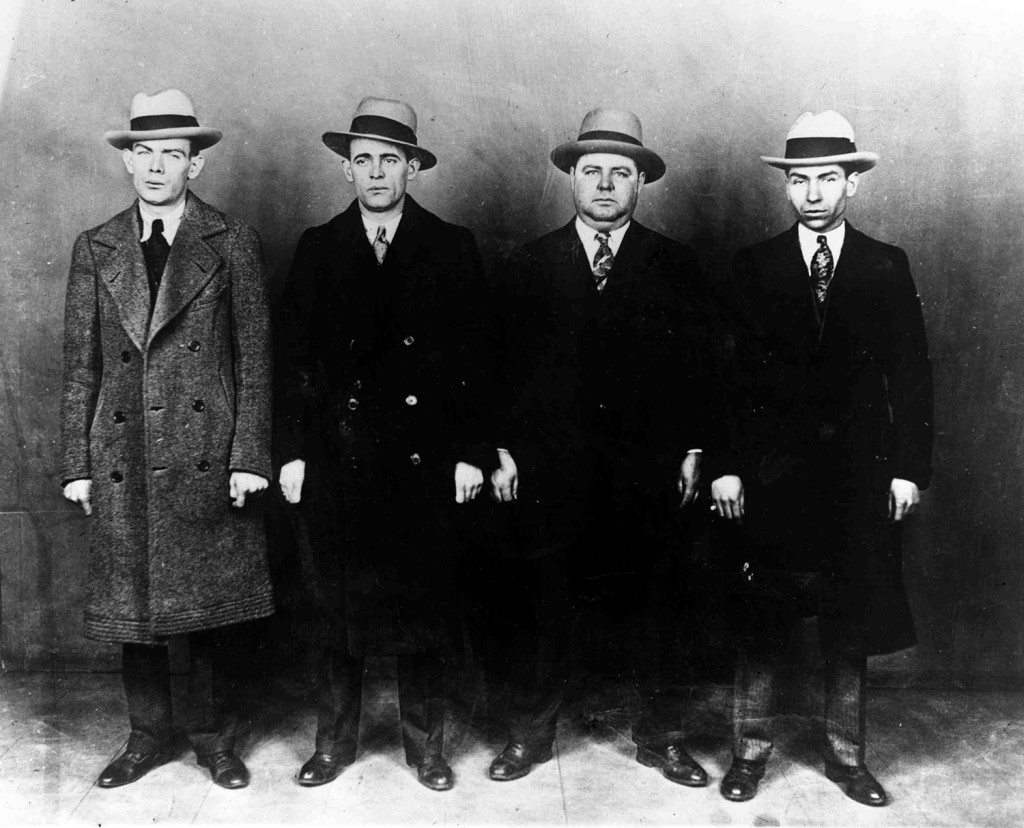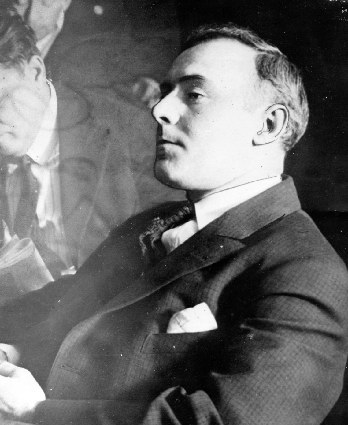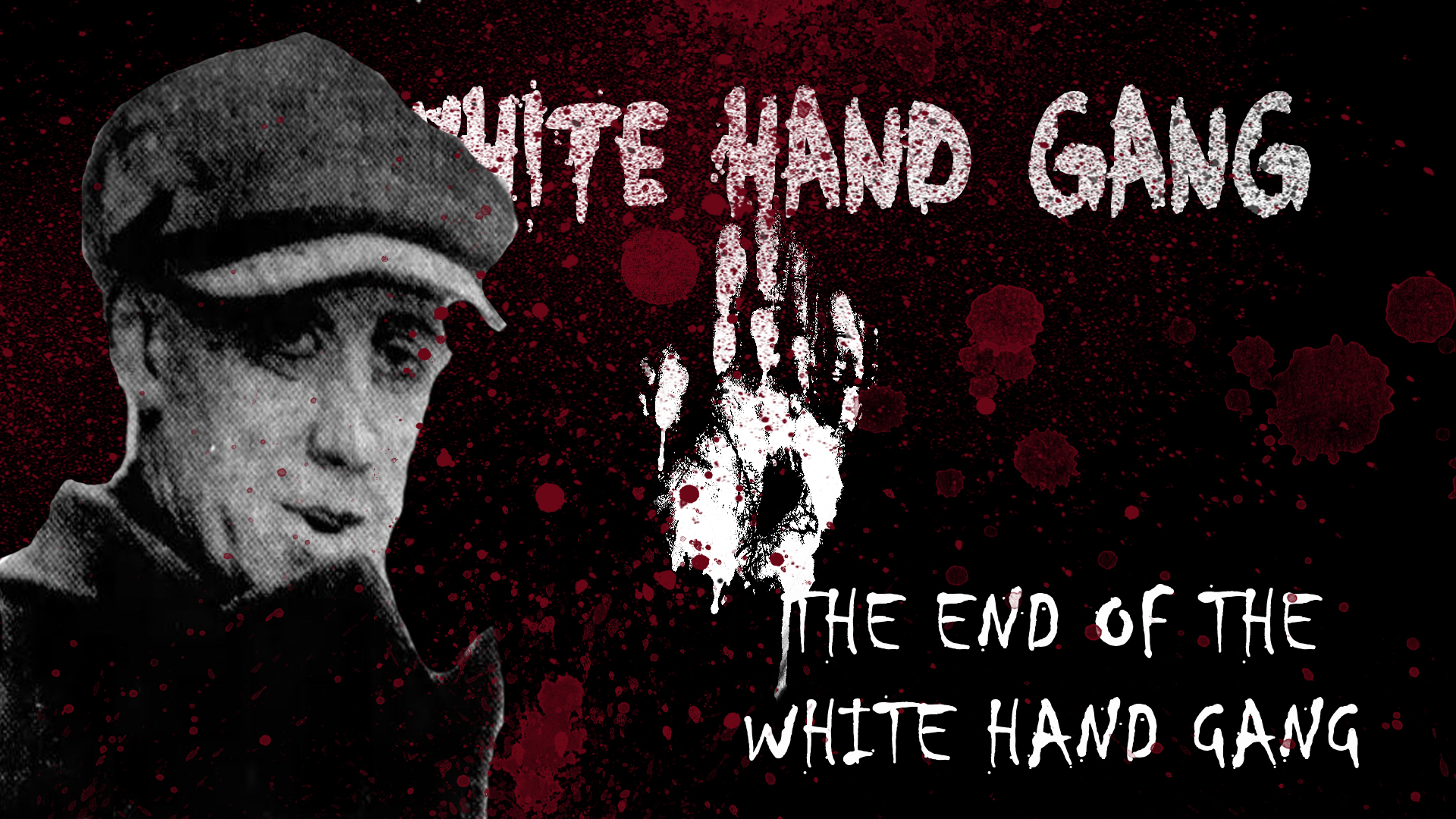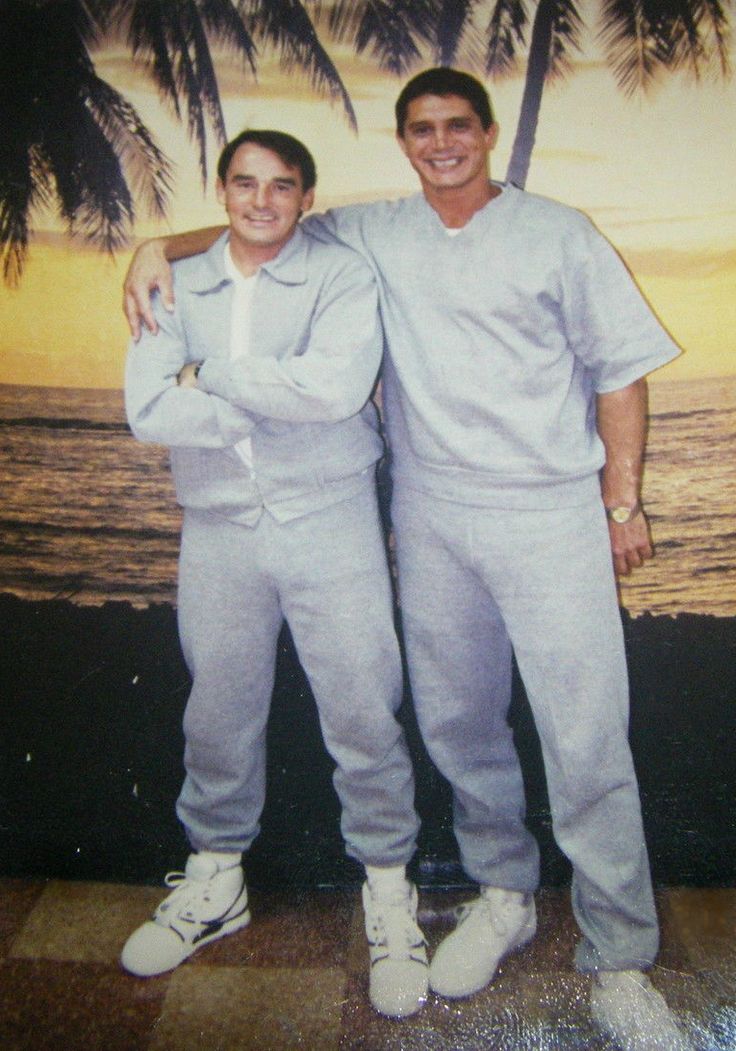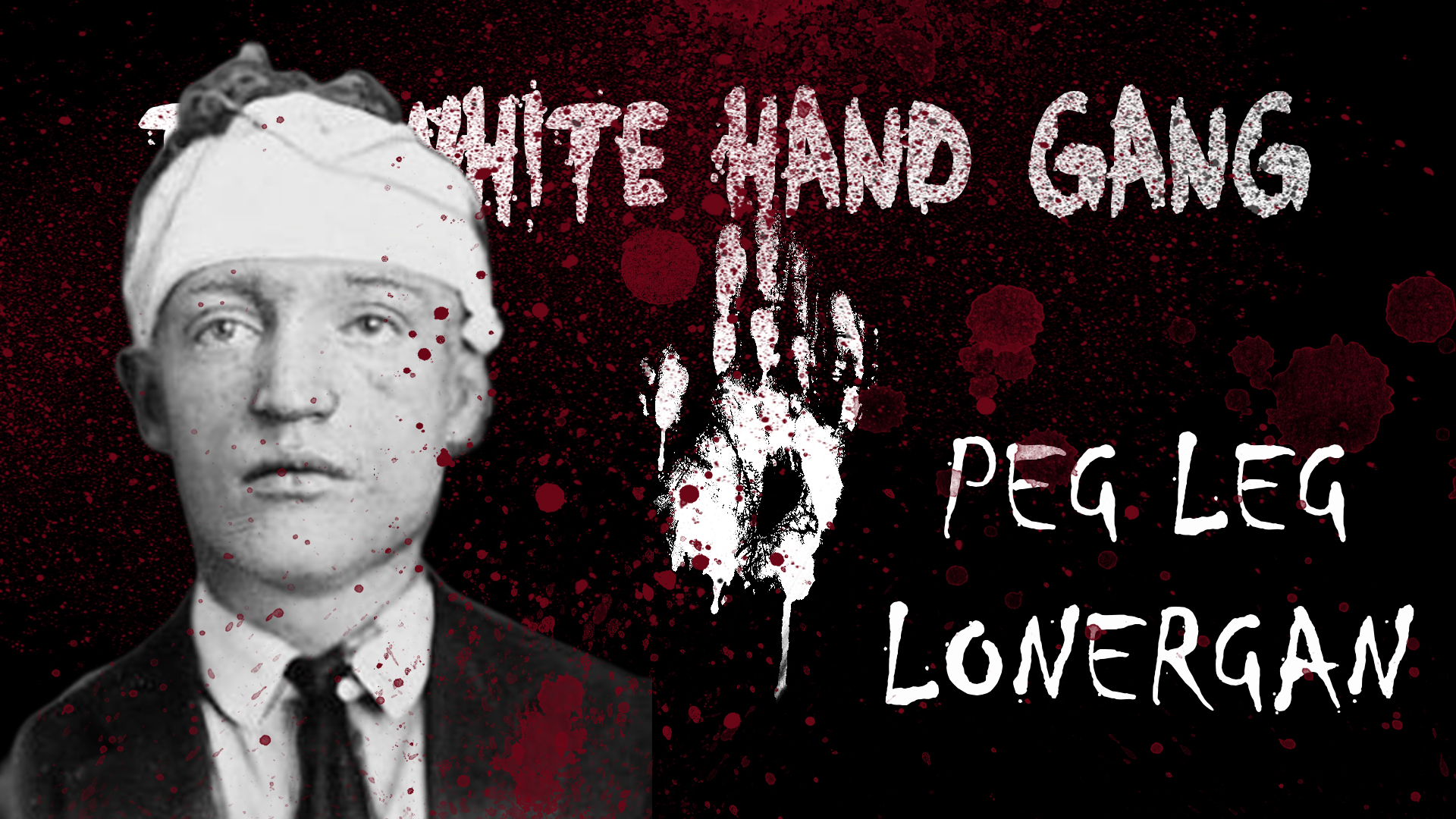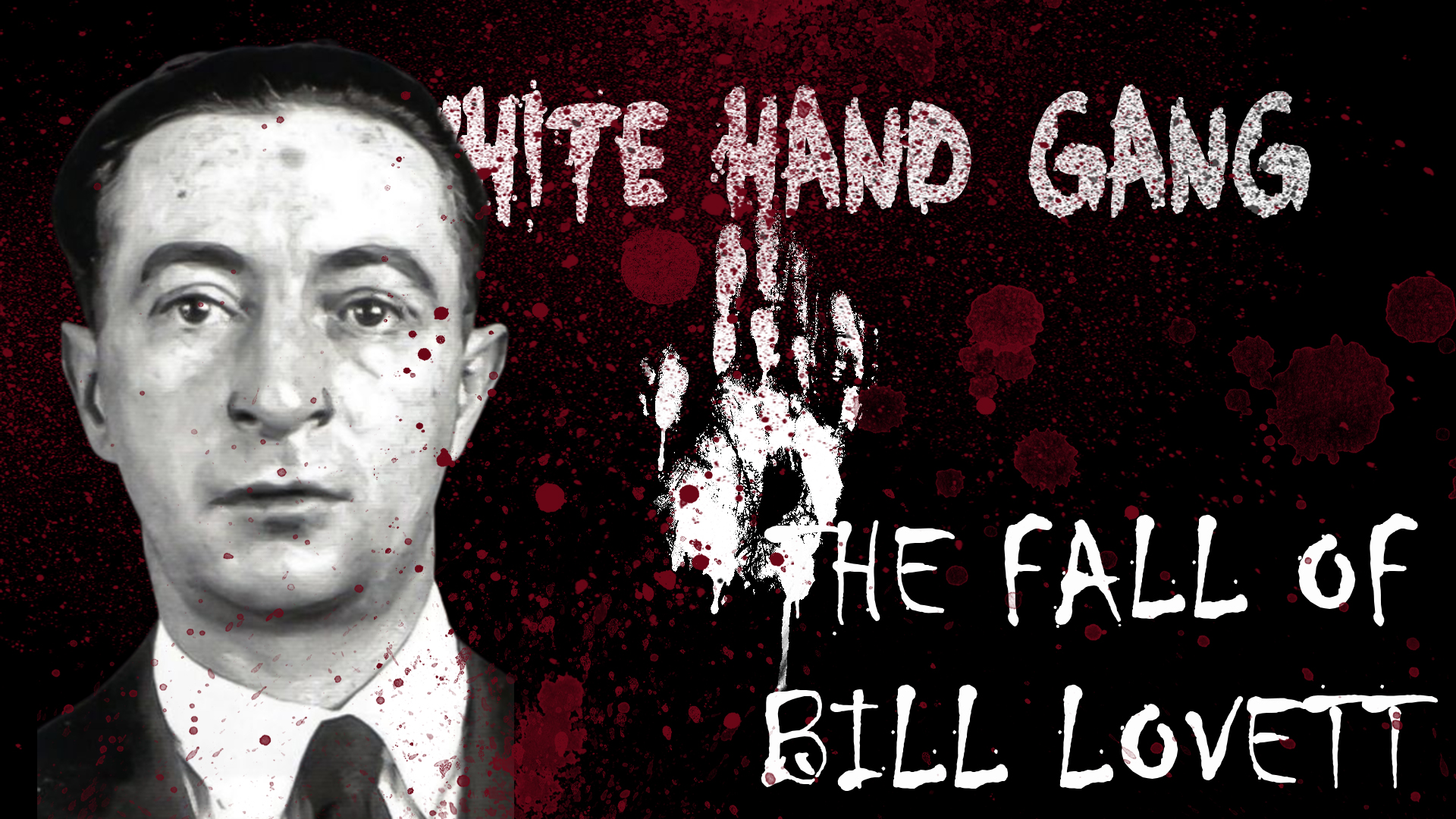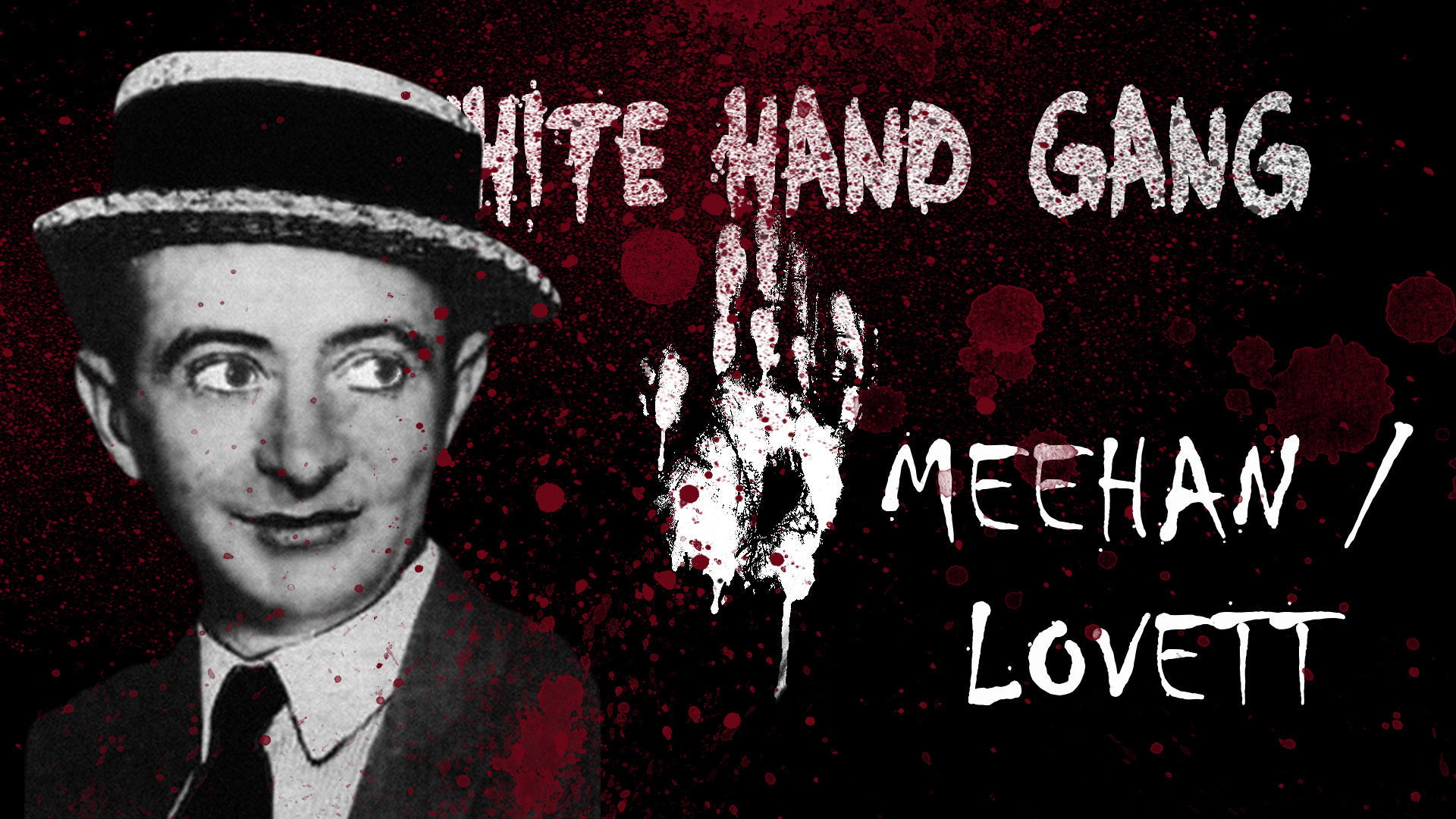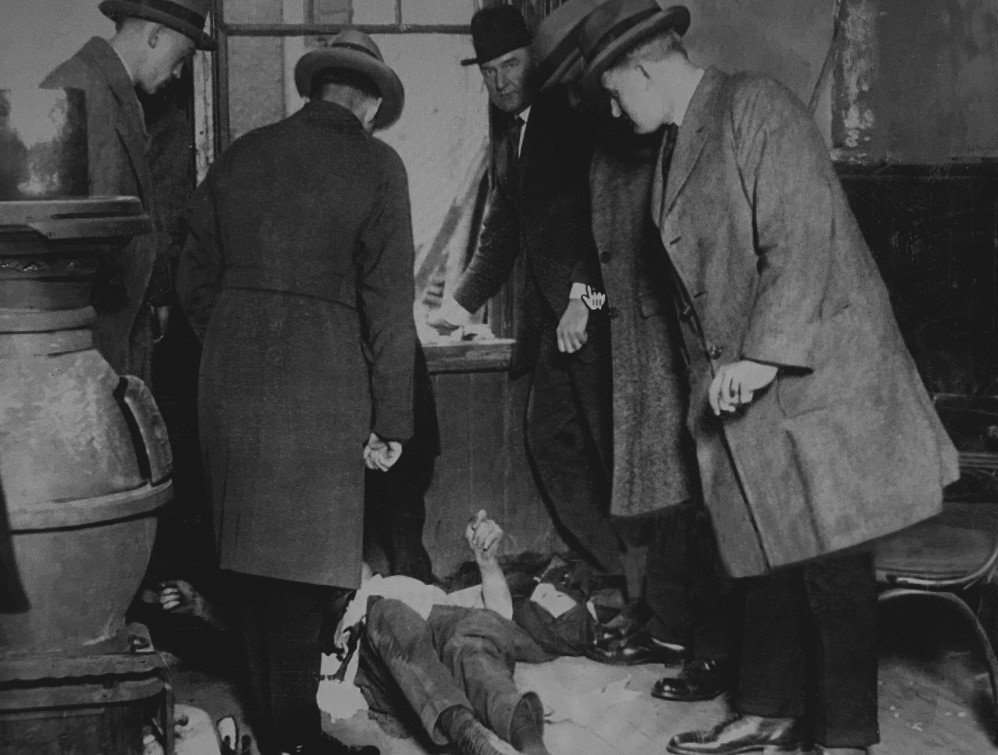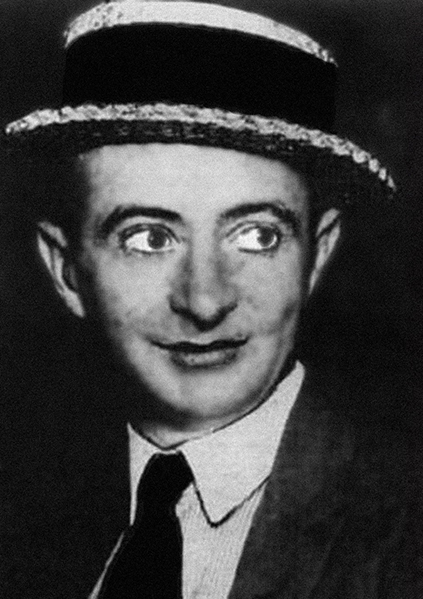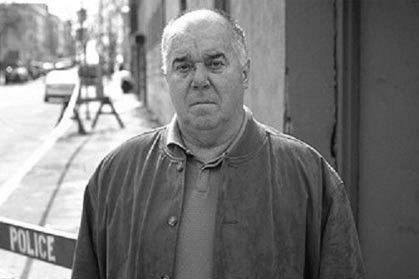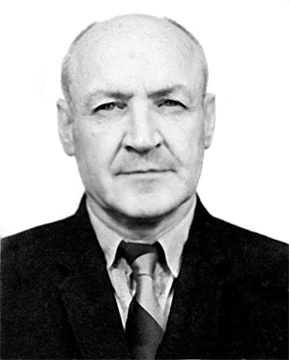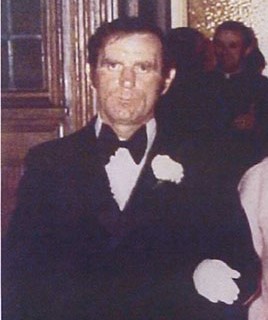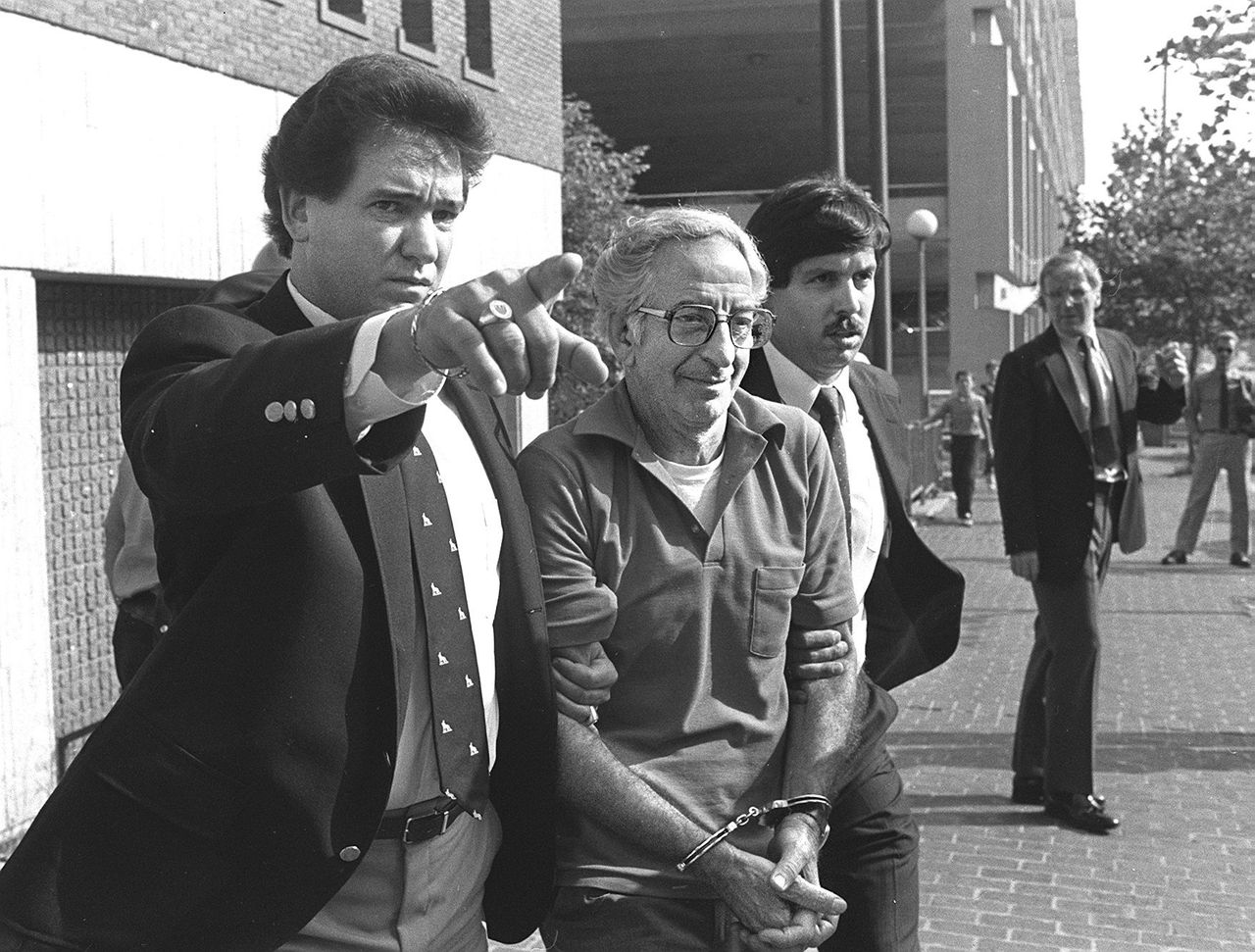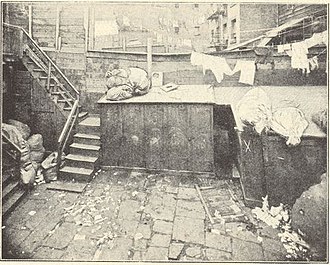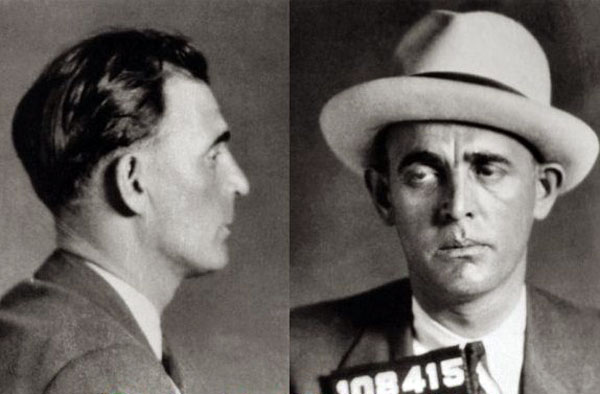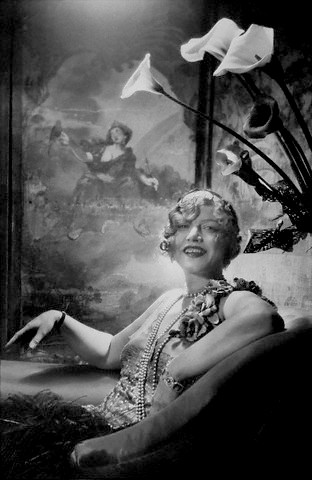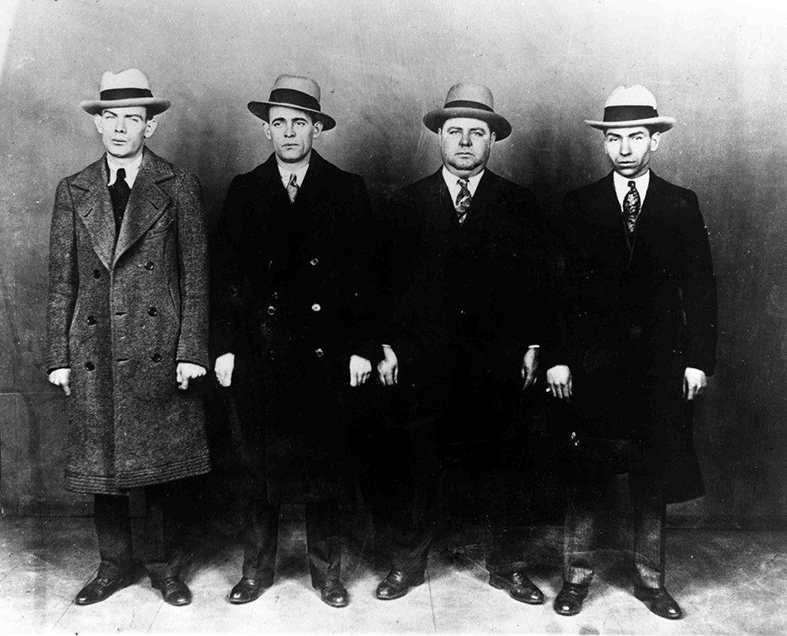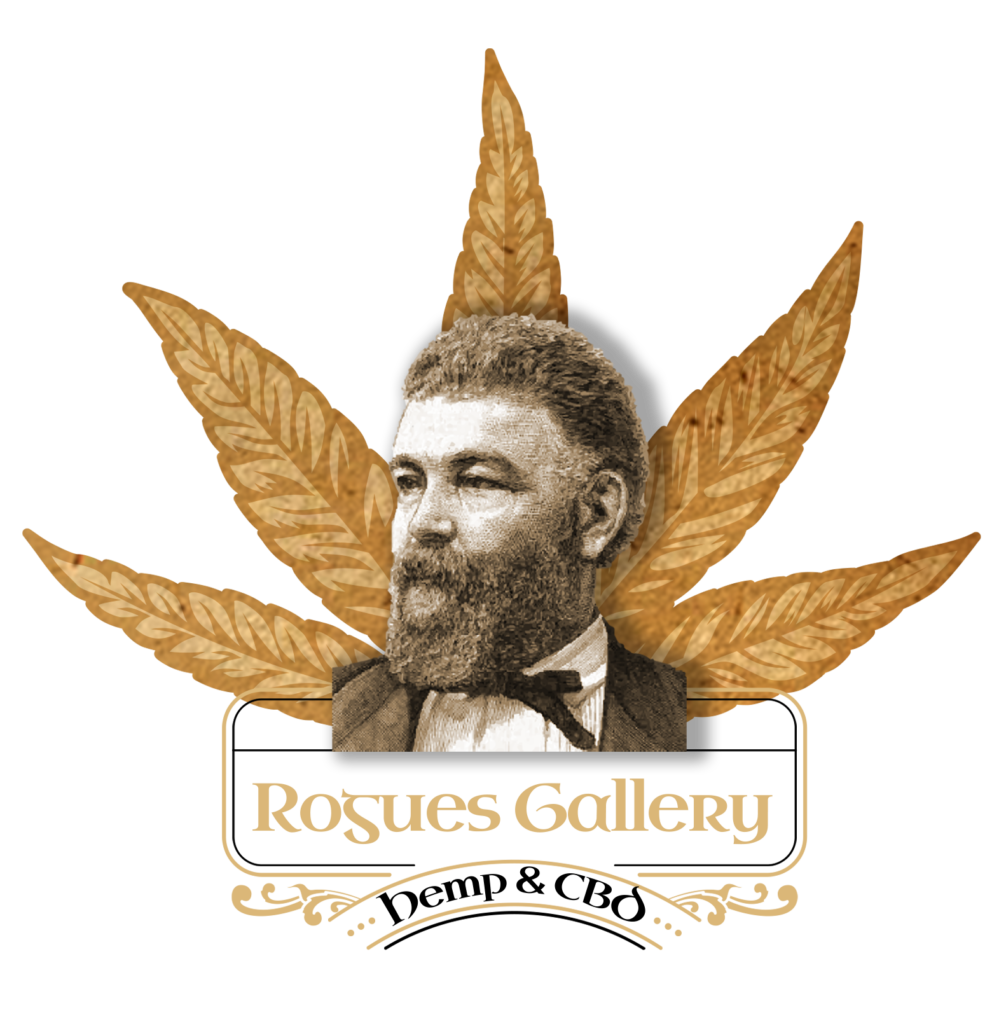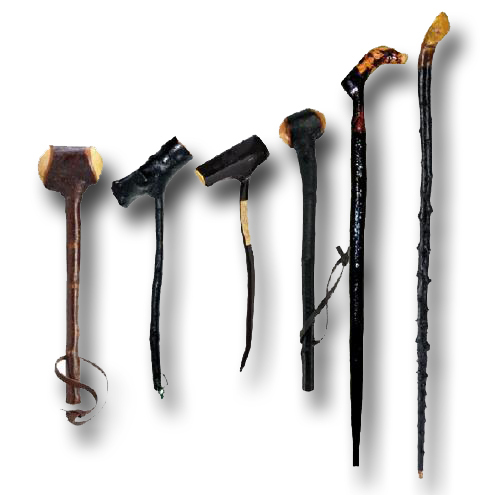
Faction fights were common in Ireland until the Great Famine took hold in the country and people emigrated across the globe, many heading to the U.S. Irish immigrants brought this tradition of fighting and resolving conflicts with them to New Orleans.
The earliest recorded faction fight in New Orleans was between canal workers. This fight had nothing to do with recreation, it appears that jobs were the reason for it. One group of canal workers, known as Corkians attacked another group known as the United Irishmen. The Corkians accused the United Irishmen of undercutting them for a canal job.
Unlike the traditional faction fights, guns, swords, and other weapons were used and resulted in three dead and numerous injured. The fight started on a Friday night and continued through to Saturday night when the police finally arrested 23 of the men. However, fighting then continued on Sunday.
There were times when a simple boxing match would descend into mayhem. On May 1837, a boxing match between Deaf Burke and Samuel O’Rourke was held on Bayou Road. A few rounds were fought with no one gaining the upper hand. Then, according to some reports Deaf Burke start getting the better of O’Rourke. This started mayhem. The O’Rourke party start beating Deaf Burke and soon Burke took to his heels to escape. He was chased by O’Rourke’s men with “shelalahs, dray-pins, whips, and what not.”

Court records show that the faction fights between the Irish rival factions still continued. In 1850, after the arrest of members of the McMahons and the Monaghans, the office notes show that a “Bitter hostility appears to exist between those rival clans. One of the Monaghans, armed with a slung shot, attacked a McMahon with the intention of killing him.
Many Irish living in New Orleans lived in an area called the Irish Channel, it had a reputation as a rough and violent neighborhood. According to one resident of the Channel, “At the corner of Rousseau and St Mary was what was known as “The Bucket of Blood” so many fights there.”
These fights, however, were much like a boxing matches, with appointed referees and often large crowds of spectators . The winner of the fight was deemed the winner of the dispute, and the issue was resolved.
Sometimes the drama of the occasion became even more gripping to those who were watching it. Over time, the street brawls gained so much popularity that boxing promoters came looking for potential prizefighters they could train for a professional career.
Sources:
http://thewildgeese.irish/profiles/blogs/the-fighting-irish


